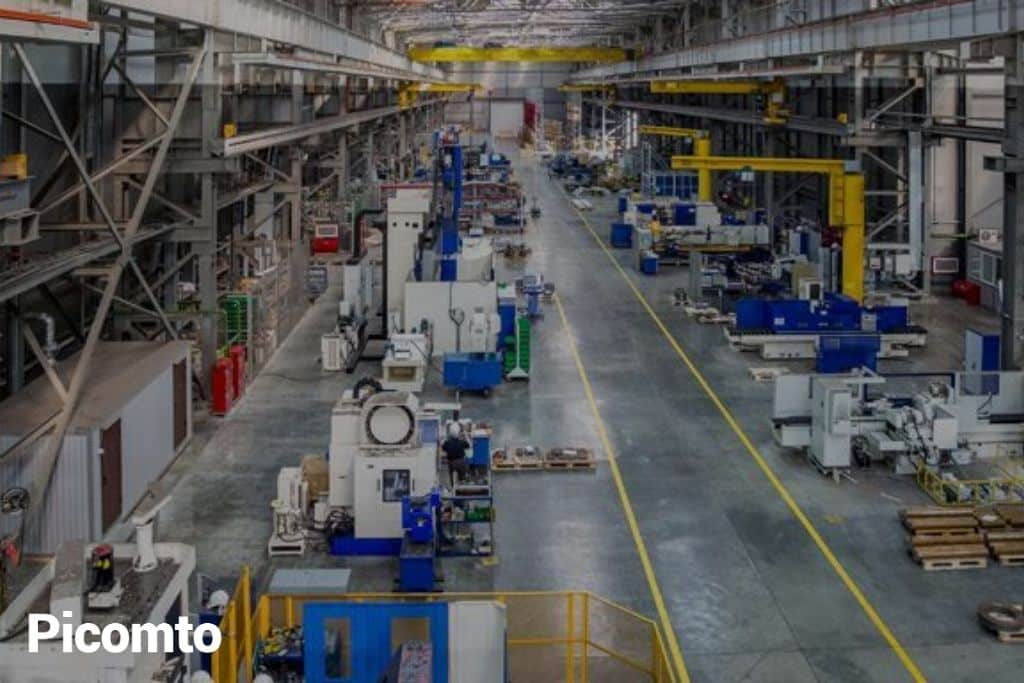
The work instruction is the document that specifies all the stages of the elaboration of a document, as well as the succession of these phases. As the pursuit of optimal productivity and on-time delivery are constants in industrial life, improving work instructions is of paramount importance in reducing production times.
Standardization for efficiency
Despite all the developments that have marked the world of industry, standardization is one of those things that is still in place and seems essential, today and in the future.
Even if the trend is increasingly towards product customization, according to customer demand and expectations, production remains partially standardized for the manufacture of parts in large numbers and with uniform characteristics. This does not prevent us from having infinite possibilities of declination, always according to the demand whose indicators are more easily assimilated thanks to technological innovations (information and communication).
The standardization of work instructions is therefore a guarantee of efficiency, but also of improvement in production times, as the tasks are described in a precise manner, as well as their sequence, so that the operator is perfectly guided in his work and in order to drastically reduce the risks of errors. The document in front of him puts the operator on the right track right away and saves him less time in carrying out his mission.
Moreover, with the repetition of actions that create automatisms among employees, and the total integration of the steps that make up the production lines (whether machining or assembly lines), the speed of execution will inevitably increase, while remaining in compliance with quality requirements.
Constantly updated work instructions
Another aspect contributing to the improvement of scale times is that the greater ease with which the work instruction can now be updated is made possible by the use of new media. As the work instructions are no longer presented on paper, as they have been digitized, they are updated as improvements are made. Each time an error is detected, particularly thanks to feedback from operators, each time a new idea appears to optimize a process, the consideration of these elements for updating work instructions is simplified. This ensures that the employee has the correct version of the work instructions, the one that has undergone recent changes.
Continuous improvement of work instructions, Kaizen style
In terms of continuous improvement, one of the best-known schools is the kaizen. Much more than a method, kaizen is a mentality, a state of mind to be applied daily in the company.
Both as a way of being and as a way of acting, the kaizen favours small improvements that are continuously made, including improvements in operating methods, rather than major changes that require much more time to be implemented and then assimilated by the various actors concerned. These mini improvements as part of Kaizen continuous improvement, are all factors for efficiency and speed gains that are constantly being added up. Finally, they make it possible to be ever more efficient and competitive.
Picomto is the solution for digitizing work instructions. Contact us to find out more about how we can help you.




Leave A Comment